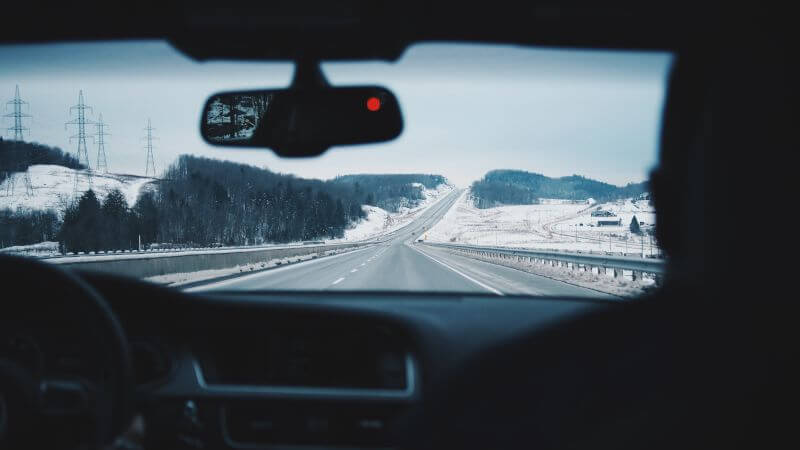
Winter is no longer coming. We’re right in the middle of it, so it’s a perfect time to refresh one’s memory about safer driving in winter.
Let’s face it, in our own mind’s eye we are good (even great) drivers. We know our car or vehicle and we know how to handle it best. Or at least we think we do. But when the weather changes for the worse, and snow, ice and freezing conditions come into play, the game changes. And we must change with it.
Driver overconfidence – or let’s be diplomatic and call it complacency – is typically one of the main causes of accidents and an enemy of safer driving in winter. So what do we need to remember when driving in winter conditions, which can often be deceptively treacherous?
Here are 8 key things that our motor-mad team have come up with. These apply in most States.
The road to safer driving in winter
First and foremost, something which is not on our “driving” list of tips per se but that is of paramount importance are your preparations. This may sound really basic but always be prepared before your even start up the engine and leave the garage or your parking space. For example if it’s snowing or there’s ice out there, always make sure you have winter tires or snow-chains or “socks” for your vehicle. And check that you have enough enough fuel, oil, water and de-icer. Your preparations are all good, so now when you’re out there, don’t forget these:
Drive slowly
Yes, it may seem obvious but in winter conditions you really need to check your speed in general, irrespective of whether you are on a highway, main road or smaller route. Going faster will only increase your chances of losing control and having an accident. The key to safer driving in winter always starts with driving slower.
Accelerate and decelerate slowly
Another one we tend to forget. Even if you are in a hurry, if you floor it from a stationary position at a traffic light or brake suddenly at intersections (or on sharp turns for that matter) you will find yourself in trouble.
Braking time increases
You want to avoid literally “hitting the brakes” on snowy or icy roads, and the logic is simple. When you brake suddenly, there’s a much greater chance of your sliding and skidding out of control and having an accident. In theory, depending on the road conditions, you should increase the normal braking time of between 3 to 4 seconds on dry ground to 8 to 10 seconds on wet or frozen ground.
Know your brakes
We know that your own car and how it drives generally, and you’re confident in how you handle it (versus someone else’s car). But how well do you know how your brakes behave? You need to make sure you have a good feel for them and know what happens if and when you brake suddenly or more slowly, how much pressure you need to apply on the pedal, etc. Focus careful on this and it will be a life-saver in winter driving conditions.
Don’t stop if you can avoid it
This one ties in with rule #1 drive slowly. Sometimes driving slowly makes things much easier in winter conditions. So much easier in fact that you don’t have to stop as many times as you would normally. Basically though, the concept here is try to avoid stopping if you can, i.e. no hard breaking which can increase the risk of you losing control.
Don’t power up hills
Go easy on the RPM’s when you’re going up an incline or hill. If you don’t follow this rule, chances are you’ll slip backwards which can lead to all sorts on unwanted trouble. The opposite of safer driving in winter, then.
Don’t stop when driving uphill
It’s vital to follow the above point, but it’s even more important not to stop when you are driving uphill. So leave plenty of space in front of you if there’s another driver ahead as you want to avoid stopping when going uphill. Depending on the steepness of the slope and if you have winter tires or alternative anti-slip solutions on your tires, the result can be you going nowhere.
Stay home if you can’t handle it
If you have any doubts at all over your driving abilities to handle safer driving in winter, or your car’s capabilities, our advice would be simple. Stay at home (if you can) and avoid any unnecessary trips. It’s much better to wait until the “storm” of wintry driving conditions is over.